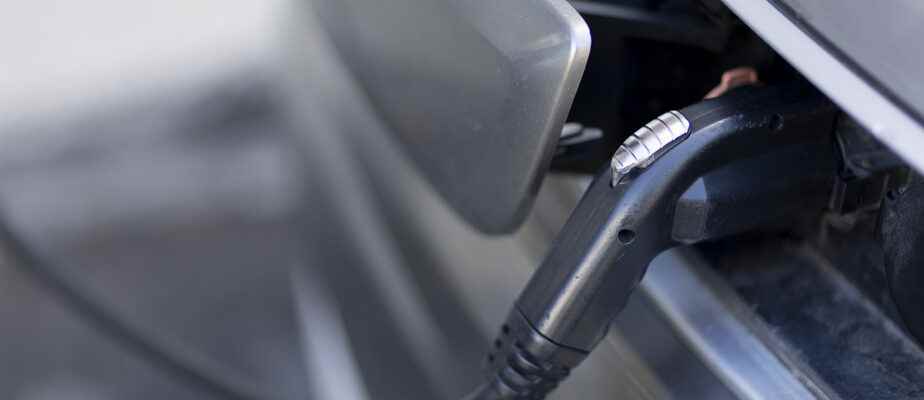Canada and Quebec want to develop the battery industry for electric vehicles and help reduce the Western world’s dependence on Asian suppliers. This is a considerable challenge, the scale of which is probably underestimated.
China’s dominance in this fast growing industry is simply overwhelming. From essential minerals and key components like cathodes and anodes, to manufacturing the batteries themselves, China’s control over the sector is almost total.
Six of the ten largest lithium-ion battery manufacturers in the world are Chinese, according to a Bloomberg census. Together, Chinese manufacturers own 77% of the world’s total battery production.
It is also in China that the most electric cars are sold in the world, representing 52% of total sales in 2021.
The battery market is growing exponentially. The production capacity expressed in gigawatt hours will increase from 1163 GWh in 2022 to 8945 GWh in 2027, estimates Bloomberg.

Trying to find a place on this highway where everyone is driving at high speed will be difficult. Especially since Canada and Quebec are not alone in waiting their turn on the shoulder.
The United States and Europe are also in the race to develop the battery sector and compete with each other with subsidies and tax incentives.
Canada (and Quebec) appear this year on the radar screen of the most interesting countries for the development of the battery sector. The ranking compiled by BloombergNEF places Canada in second place, behind China.
Before rejoicing too much, you should know that this second rank primarily reflects Canada’s mining potential and environmental regulations.
Currently, neither Canada nor Quebec produce battery components. Or electric vehicles, for that matter.
A GM plant in Ontario is being retooled to produce electric vehicles. A $5 billion investment was announced by LG and Stellantis to manufacture batteries, again in Ontario.
In Quebec, the most significant advance is the joint venture between GM and Posco, which is building cathode production facilities in Bécancour. The German giant BASF has also announced its intention to produce and recycle battery materials in Bécancour.
Of the ten billion investments announced in the sector in Canada, the largest share concerns mining projects, such as lithium and graphite, which go into the manufacture of anodes and cathodes. The Nemaska Lithium and Nouveau Monde Graphite projects are among them.
For Canada, the most significant obstacles to overcome in the development of the battery sector will not come from China, but from the United States. With the billions put on the table by the Biden administration and its intention to keep manufacturing activities in American territory, Canada and Quebec already have a handicap to overcome.
According to an analysis by the Dallas Federal Reserve, battery manufacturers are inclined to locate near car manufacturers, so much so that the investments already announced in the sector are building a “Battery Belt” right in the middle of American territory.1
In North America, Canada and Quebec could be in the “game”, but especially for their mining resources. To us the environmental impact and to others the added value of this new gold rush? It is a risk to consider.
We must not forget that China will not disappear from the picture. Despite the efforts of countries that want to free themselves from it, China will remain the dominant player in the battery market for a long time to come, according to Bloomberg projections.
